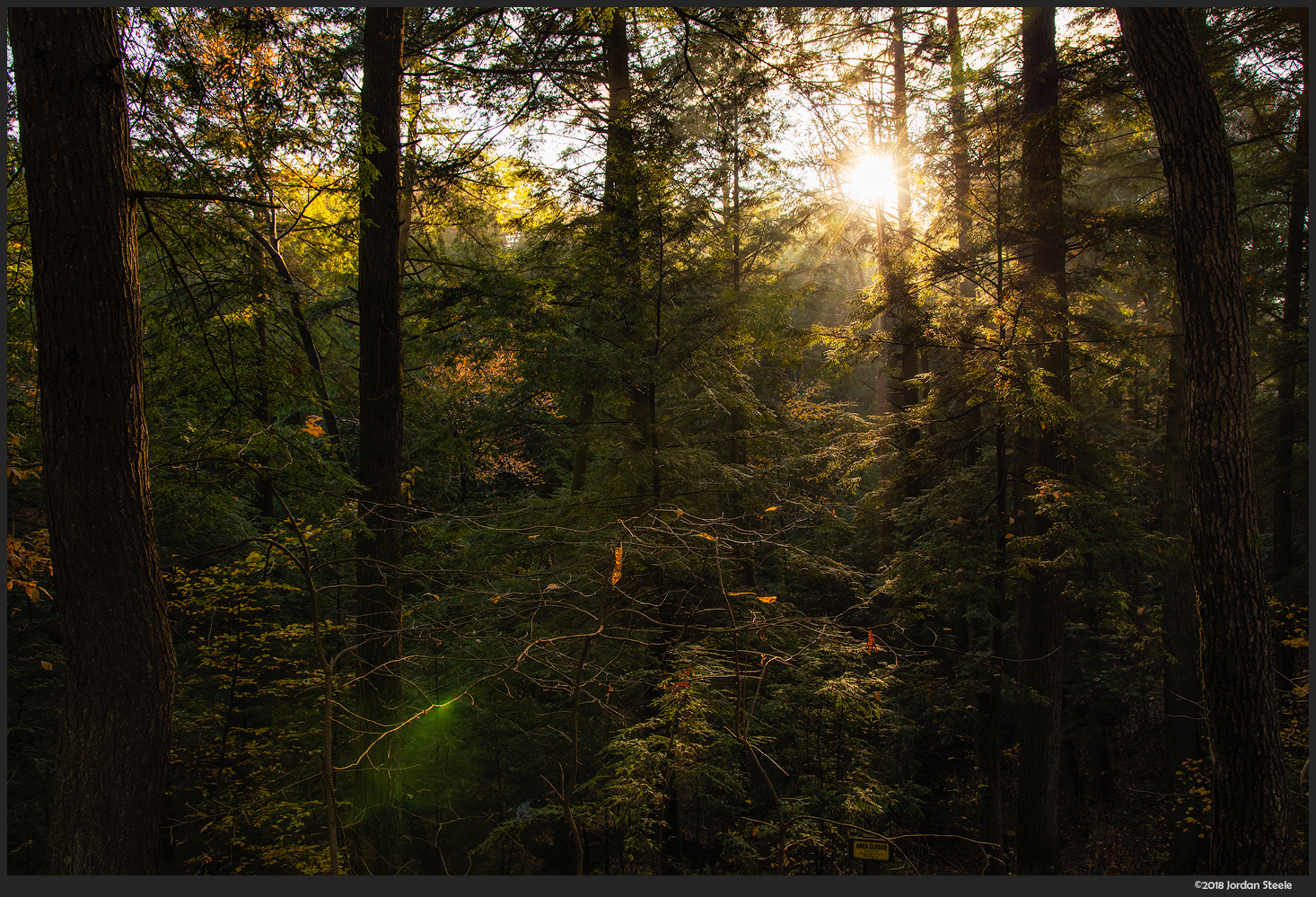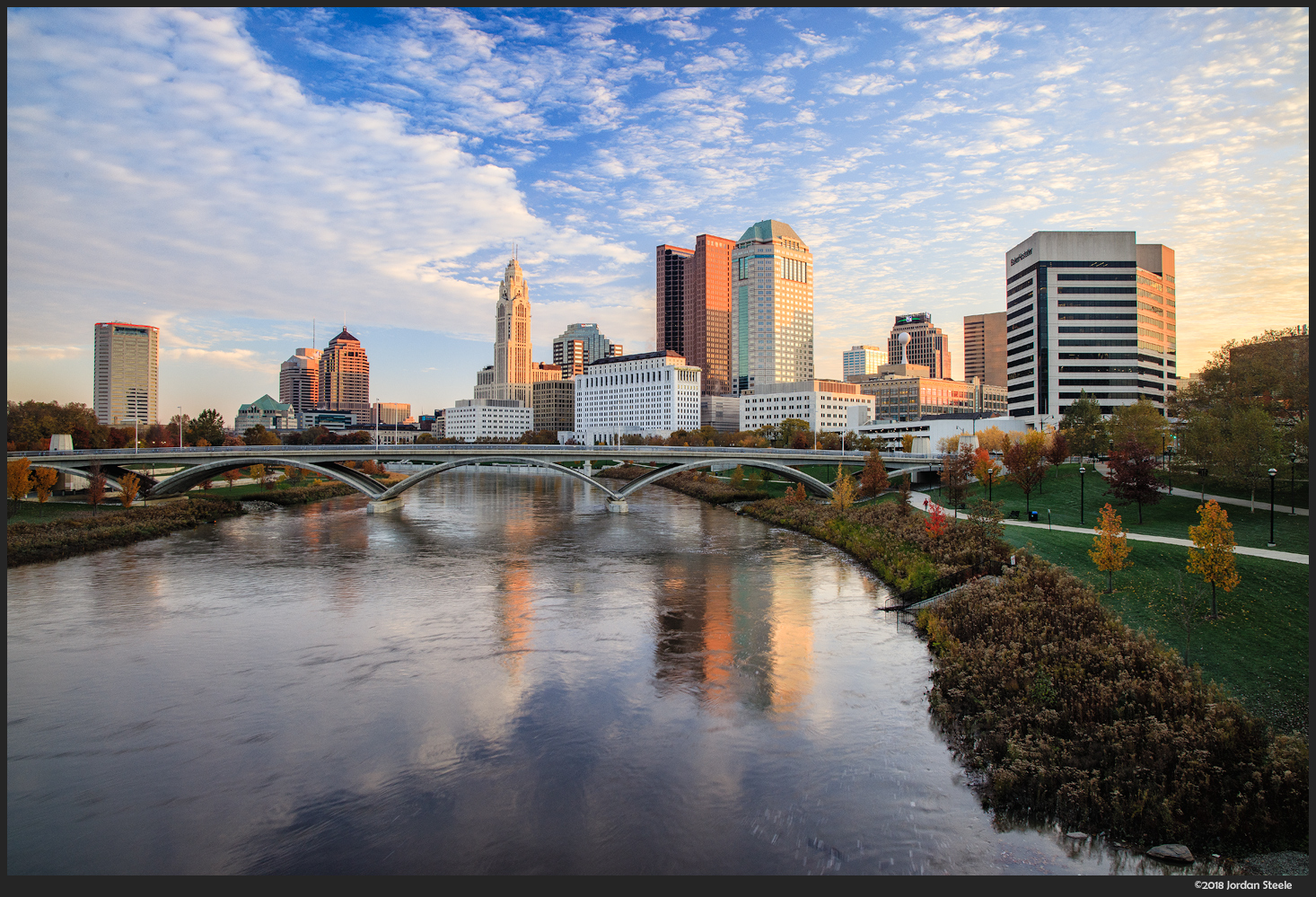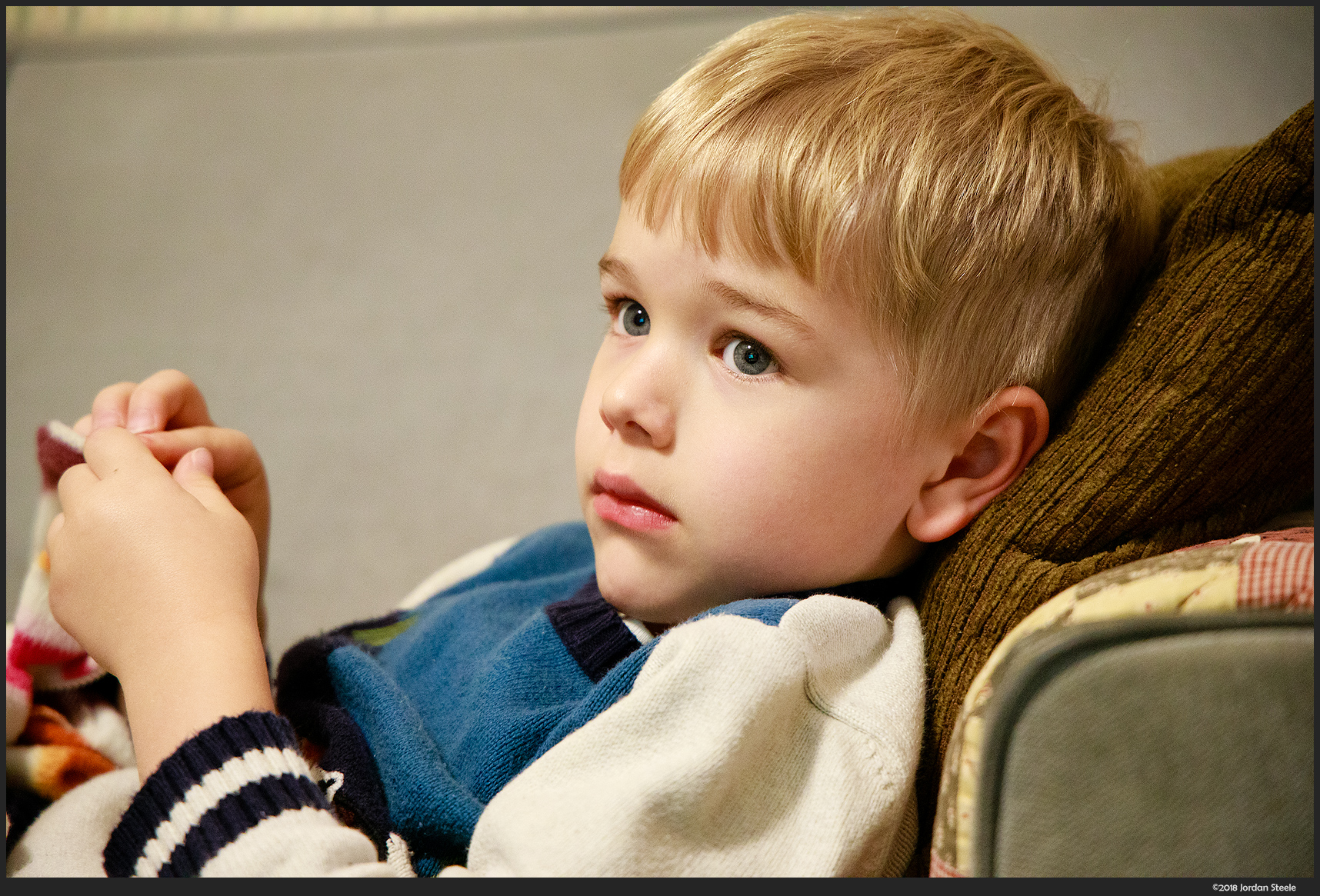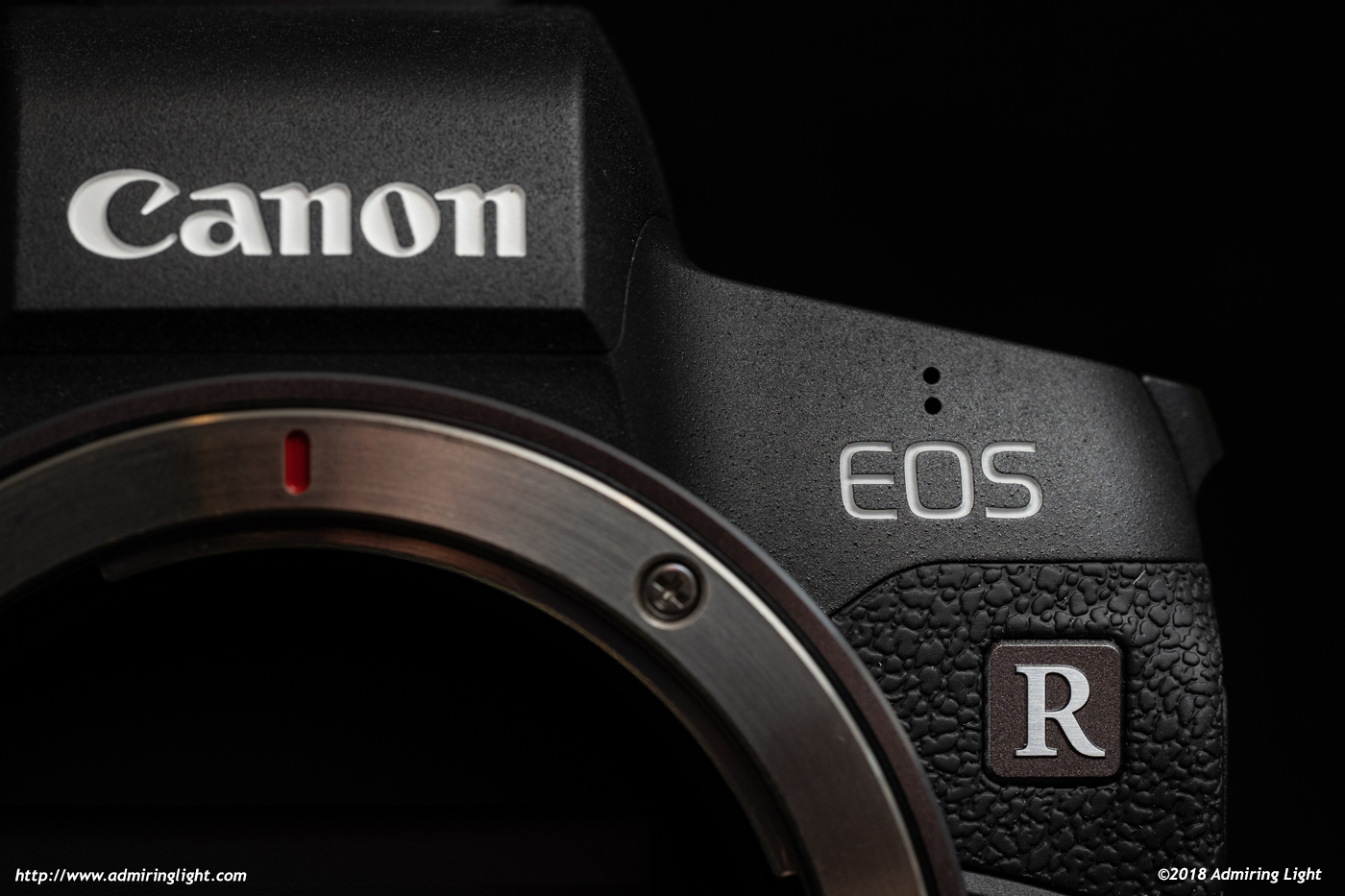Contents
Image Quality
The image quality of the sensor used in the EOS R is a fairly well-known quantity, as it is effectively the same sensor used in the 5D Mark IV. That’s a good thing, as the 5D IV sensor is quite well-regarded. The 30 Megapixel sensor packs a few more pixels into the EOS R compared to the 24 Megapixel competition of the Sony A7 III and the Nikon Z6. The sensor is a couple of years old at this point, but still is fairly competitive with the newer sensors from Sony and Nikon. Let’s get into the details.
Dynamic Range and Color
One area where Canon has lagged a bit in recent years compared to Nikon and Sony is in sensor dynamic range. The EOS R does have a little less dynamic range compared to something like the Sony A7 III, but in everyday use, I honestly don’t think anyone would notice. I shot in a variety of lighting conditions and the EOS R had plenty of latitude in both highlights and shadows to provide very good tonal coverage even in challenging conditions. The dynamic range differences are there if you really push the files and look closely, but in my opinion, it’s not a reason to choose one camera over another.

Canon’s color science is generally very highly regarded, and while it may not be more (or less) accurate than the competition, to many people’s eyes it is more pleasing. I found this to be the case, with very good color response and pleasing tones in both RAW and JPEG output. One thing that I definitely noticed, however, with regards to sensor color and contrast is that the tonal response of the sensor is very different from the tonal response of my A7 III. I don’t think one is necessarily better or worse than the other, but they are different.

The EOS R tends to bias a bit on the warmer side by default when compared to the A7 III, and the colors are a bit different, but the big difference is in the tonal rolloff. The EOS R tends to group tones closer together, providing a softer rolloff between areas of detail, which can lead to a smoother look for portraits and a bit of a softer contrast profile for other types of shooting. Most of this can be adjusted in post to create more separation, but it does take a bit more work. As a result, I found that portrait shots perhaps take less postprocessing to achieve a pleasing look, but landscape images took more work, as the default look can be somewhat flat with regards to microcontrast. Ultimately, I was able to achieve the tonality I was after with the files, but had to change my processing a bit to adjust to how Canon presents the image data by default.
Detail and Noise
The EOS R is the only full-frame mirrorless camera in the mid-range price point to feature a 30 Megapixel sensor in comparison with the 24 megapixel sensors in the competing cameras. However, in practice I found that the extra resolution isn’t much of a factor. Not only is the linear resolution increase a fairly modest 12%, but the EOS R has a fairly hefty anti-aliasing filter on its sensor, so that the actual detail advantage is fairly minor.
With that said, it’s also not a detriment, as the files produce plenty of detail for the vast majority of photographers, yielding excellent prints up to 30″ and good prints larger than that.

Noise control on the EOS R is also quite good, with low noise in RAW files up to ISO 1600, moderate noise, but still very good detail at ISO 3200 and 6400. ISO 12,800 is certainly usable, and ISO 25,600 can be used for smaller prints and web use in the right circumstances, but that’s about the limit for me. ISOs in the extended range above 40,000 become a bit too noisy for general use and the top ISO of 102,400 is just a colored snowstorm. In general, the EOS R is about a half stop to a stop noisier than the A7 III, but is still more than usable in the vast majority of low light situations.
JPEG Image Quality
Canon has always had excellent JPEG image quality and the EOS R is no exception. JPEGs out of camera show rich color, good tonality and excellent detail, with minimal compression artifacts. This is one area where Canon’s experience in the camera industry really shows, and the EOS R provides some of the best out of camera JPEGs in the industry, going toe to toe with Fuji and Olympus in that department.
Video
I am not a videographer, and as such, this portion of my reviews is always a bit truncated. The EOS R can shoot in 4K at 24/25/30p, 1080p at 60fps and 720p at 120fps. The video quality itself seemed fine to my eye, but rolling shutter was definitely visible when panning in the clips I took. However, the biggest detriment to the EOS R’s video capabilities is that in 4K, the camera shoots exclusively with a 1.7x crop, meaning that focal lengths are quite wonky when using full-frame glass. Using native RF mount lenses, the widest you can go is the equivalent of a 40mm lens. This is a fairly severe limitation, and video users would likely want to invest in some EF-S mount lenses designed for APS-C to have generally functional focal lengths when shooting at the wider end. It’s a bizarre restriction for a camera to have in 2018.


I really don’t understand the purpose of coming up with a mirrorless camera that is just as big as a DSLR. The main reason to go mirrorless is for the size reduction and light weight compared to the DSLR alternative. Canon and Nikon are so young to the game that every other mirrorless manufacturer are in their 4th or 5th iterations and way advanced. Talk about playing catch up. A self-defeating approach. Lets not even talk about the price of admission.
My main reason to go mirrorless is to get the picture as what you see in the monitor. And I absolutely love the size of eos r. Feel so comfortable.
Good review. I always appreciate your “honesty.” I would also be very interested in your review of the Panasonic G9. Any possibility of that happening?